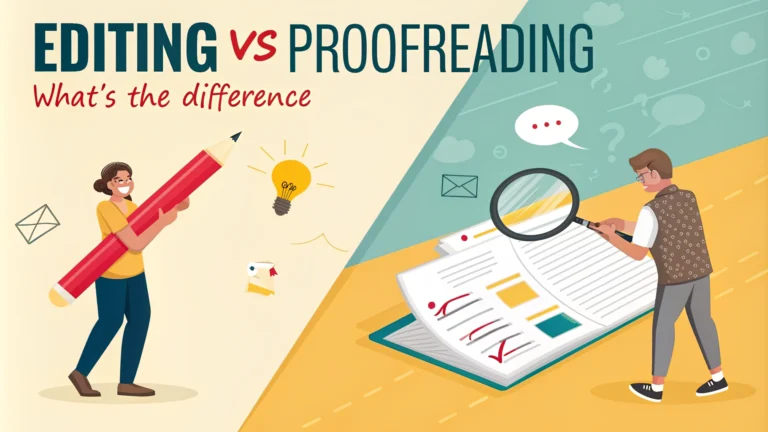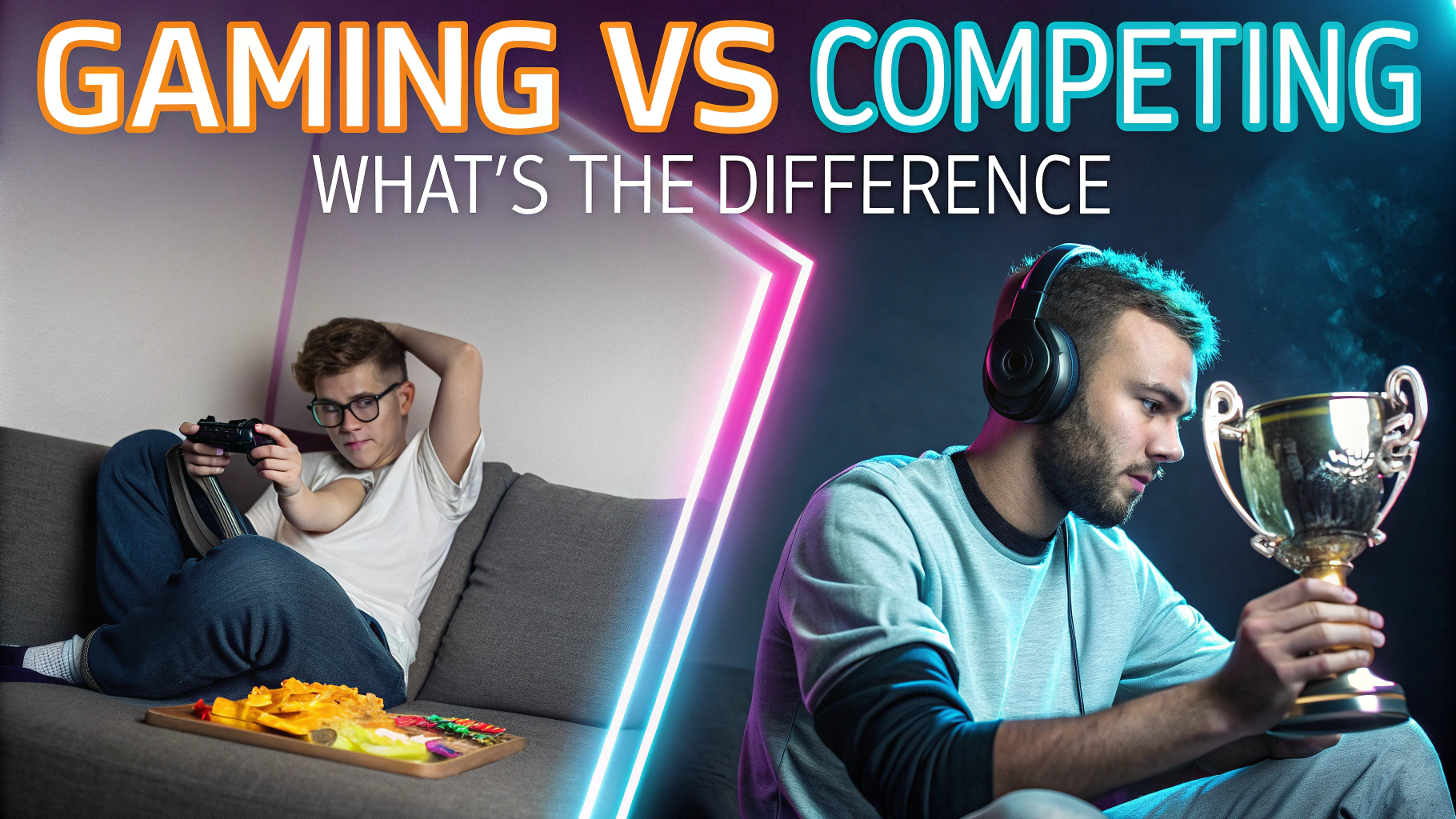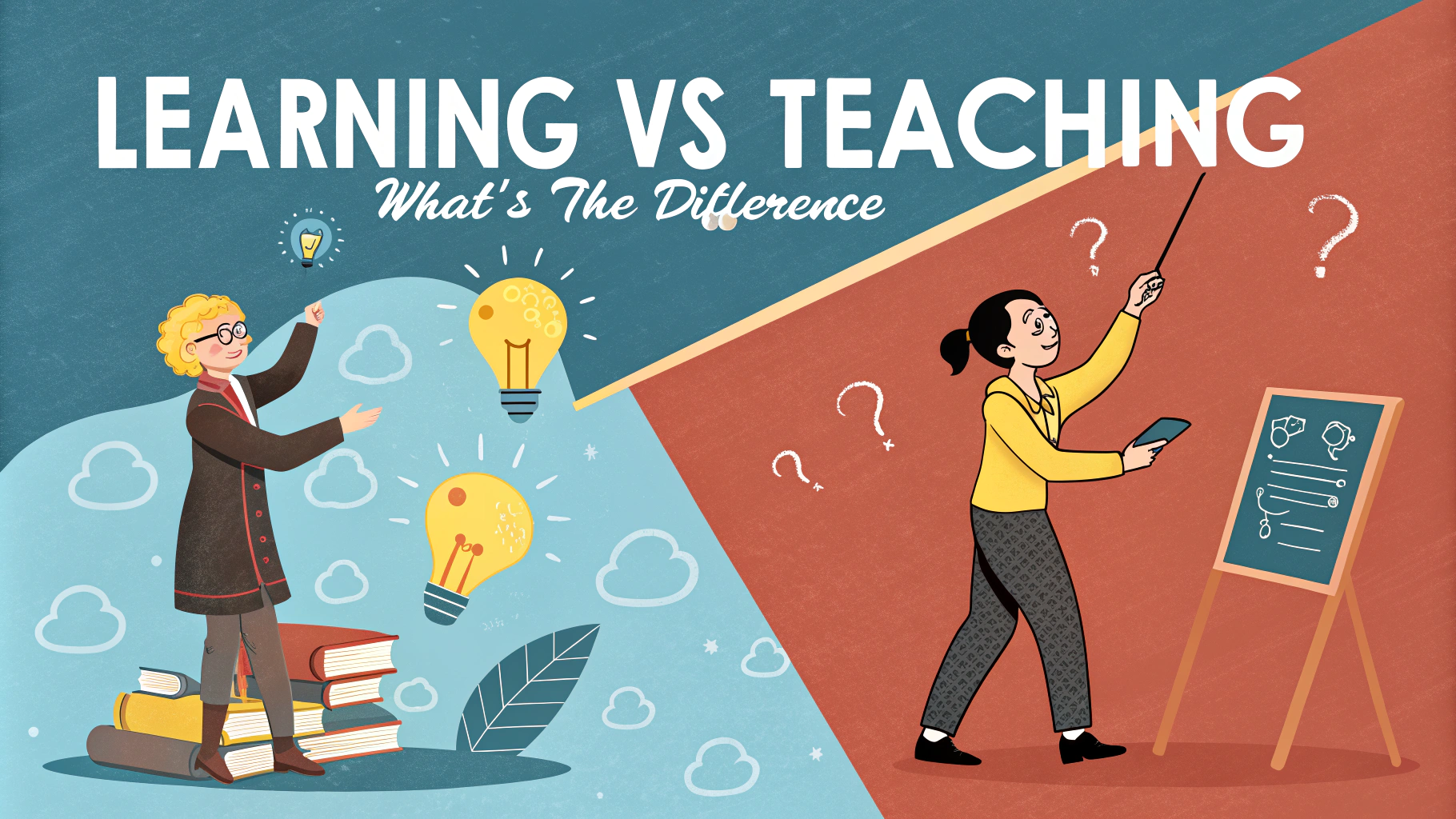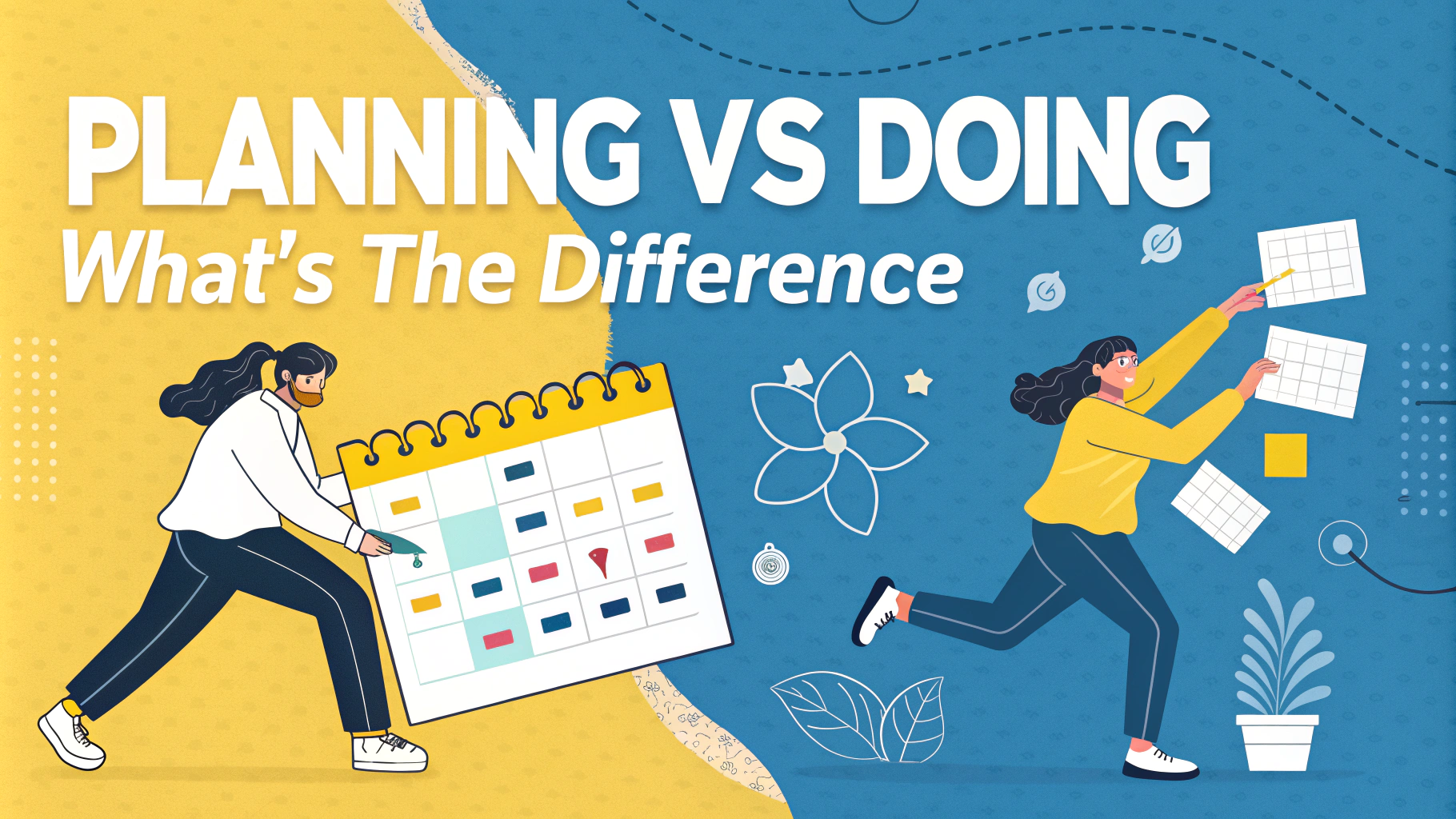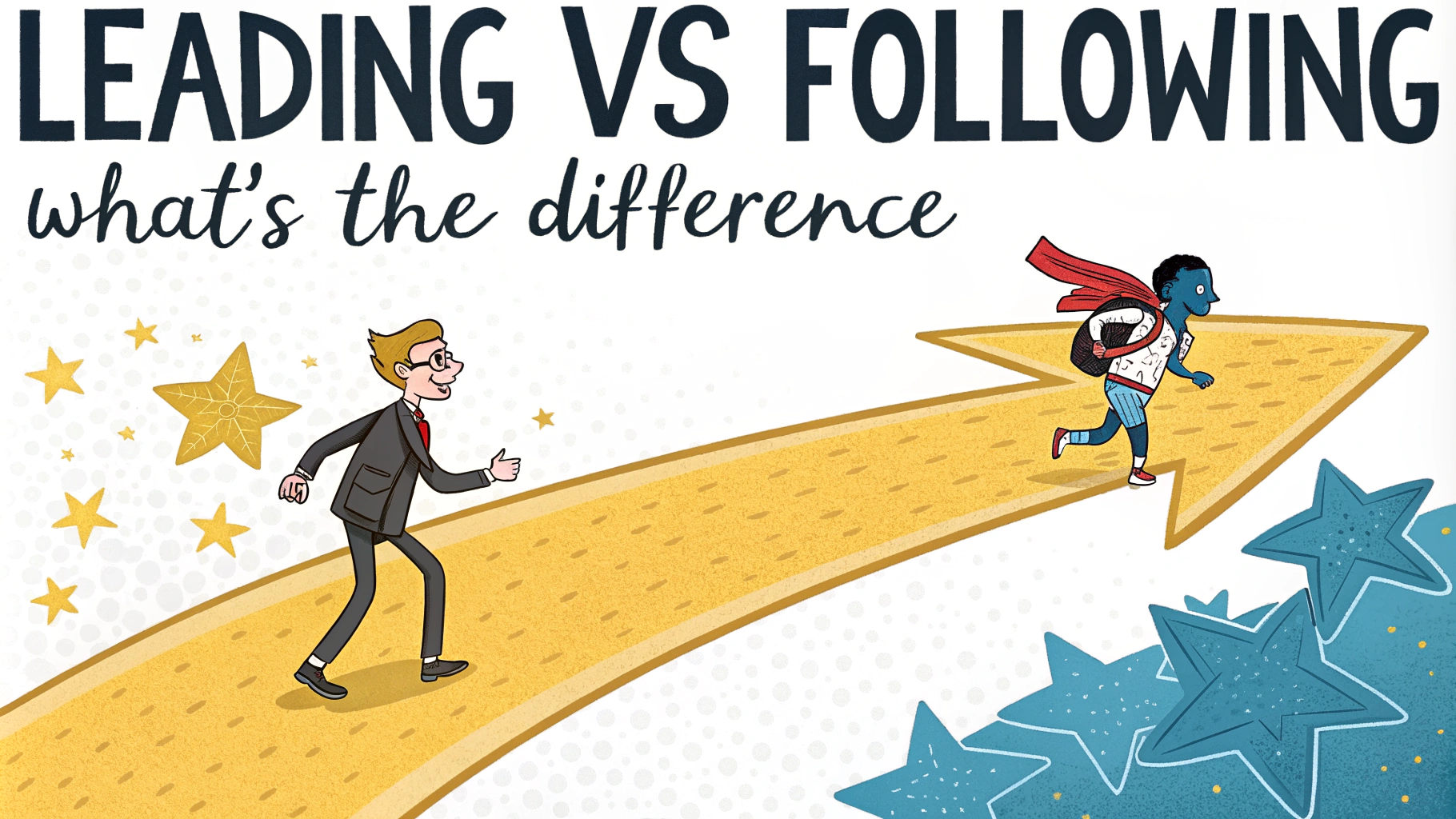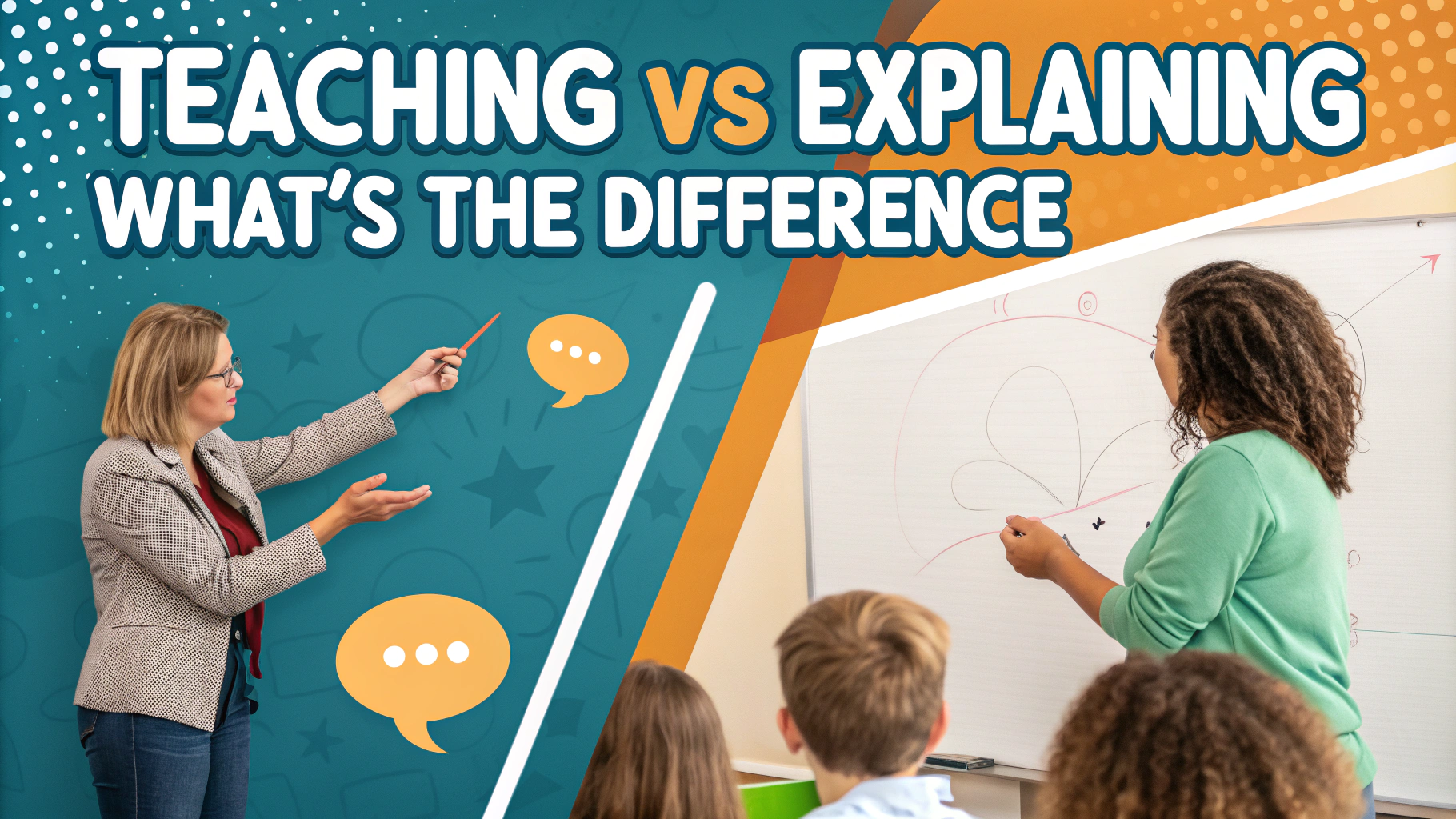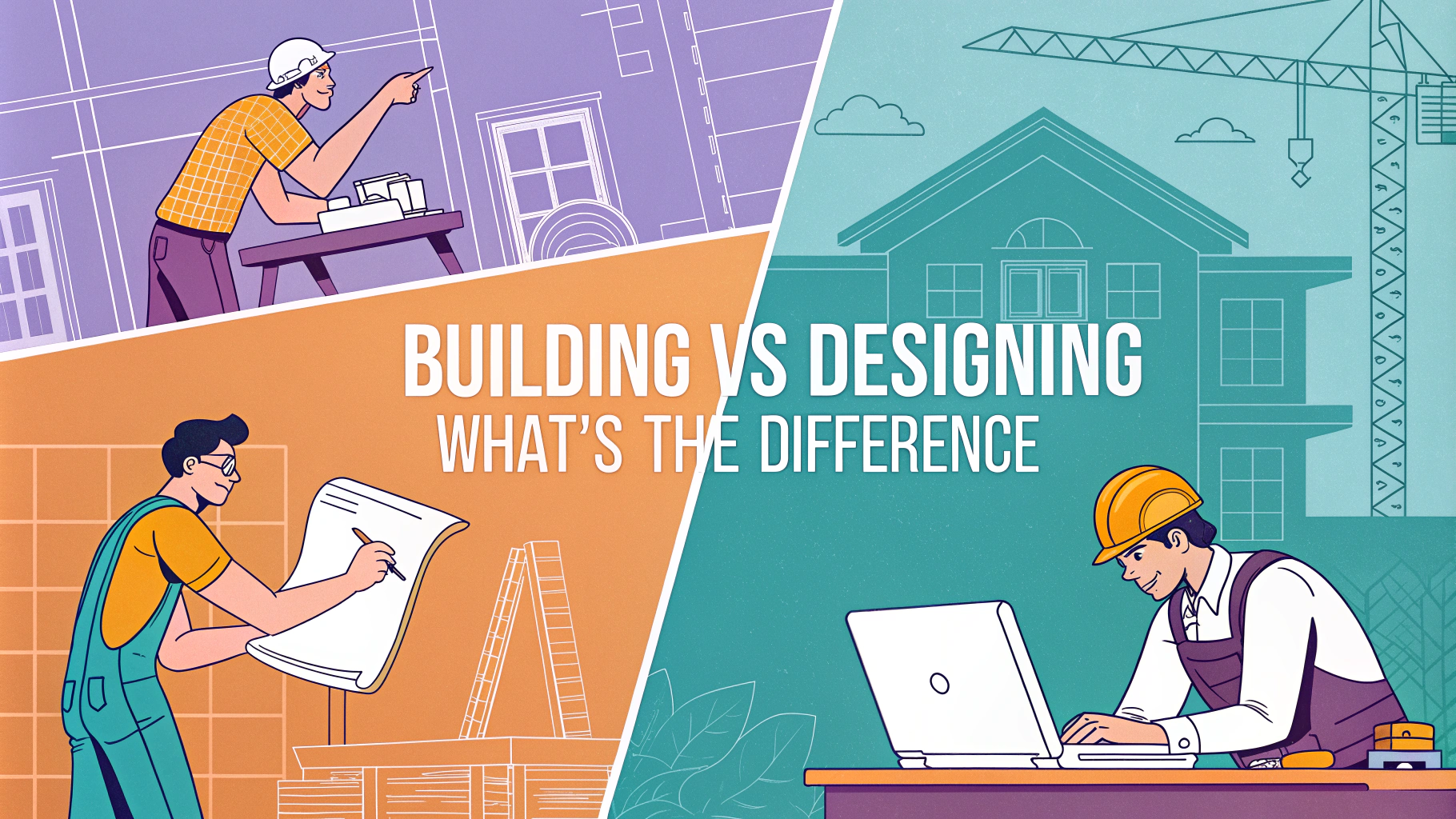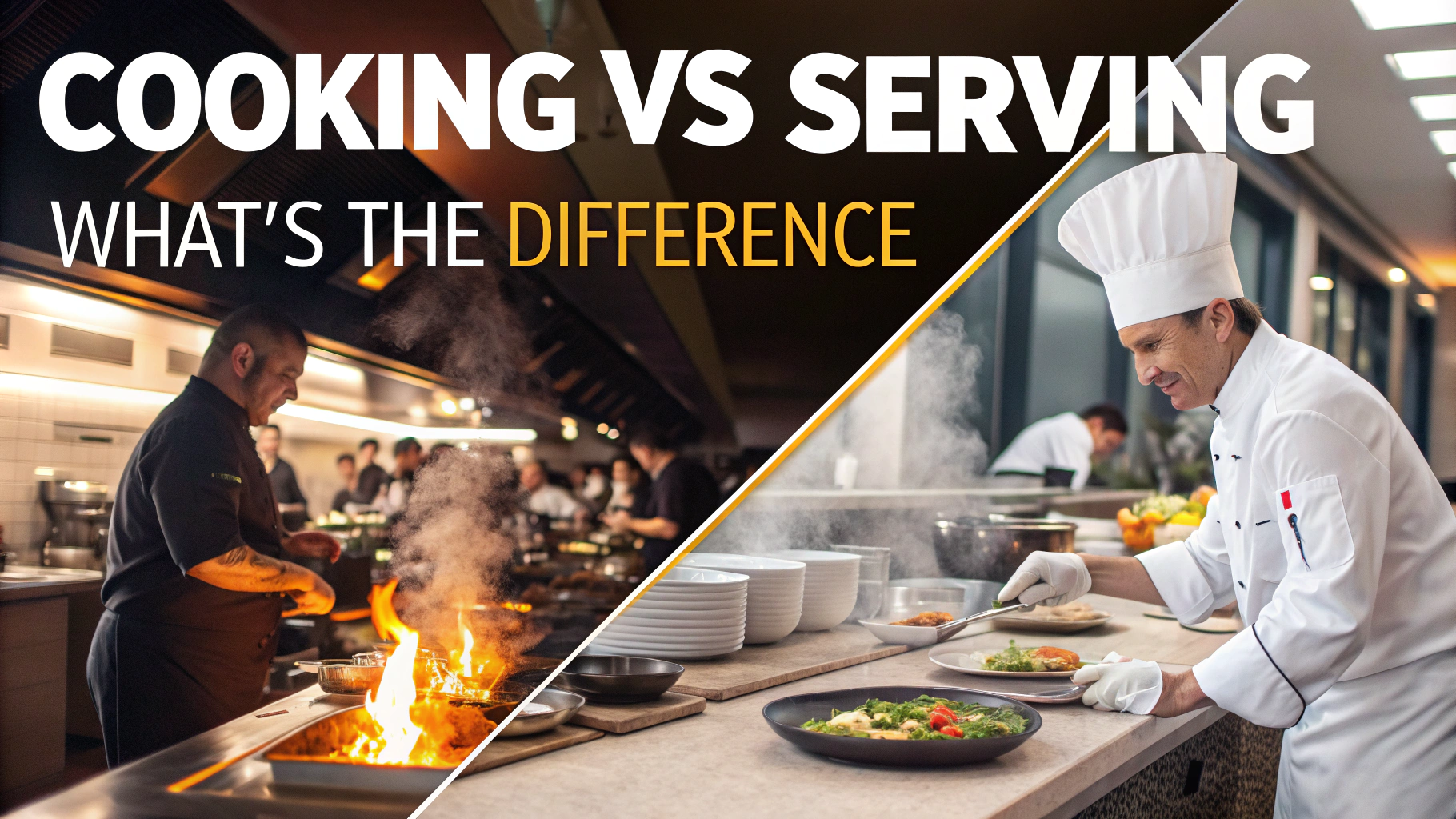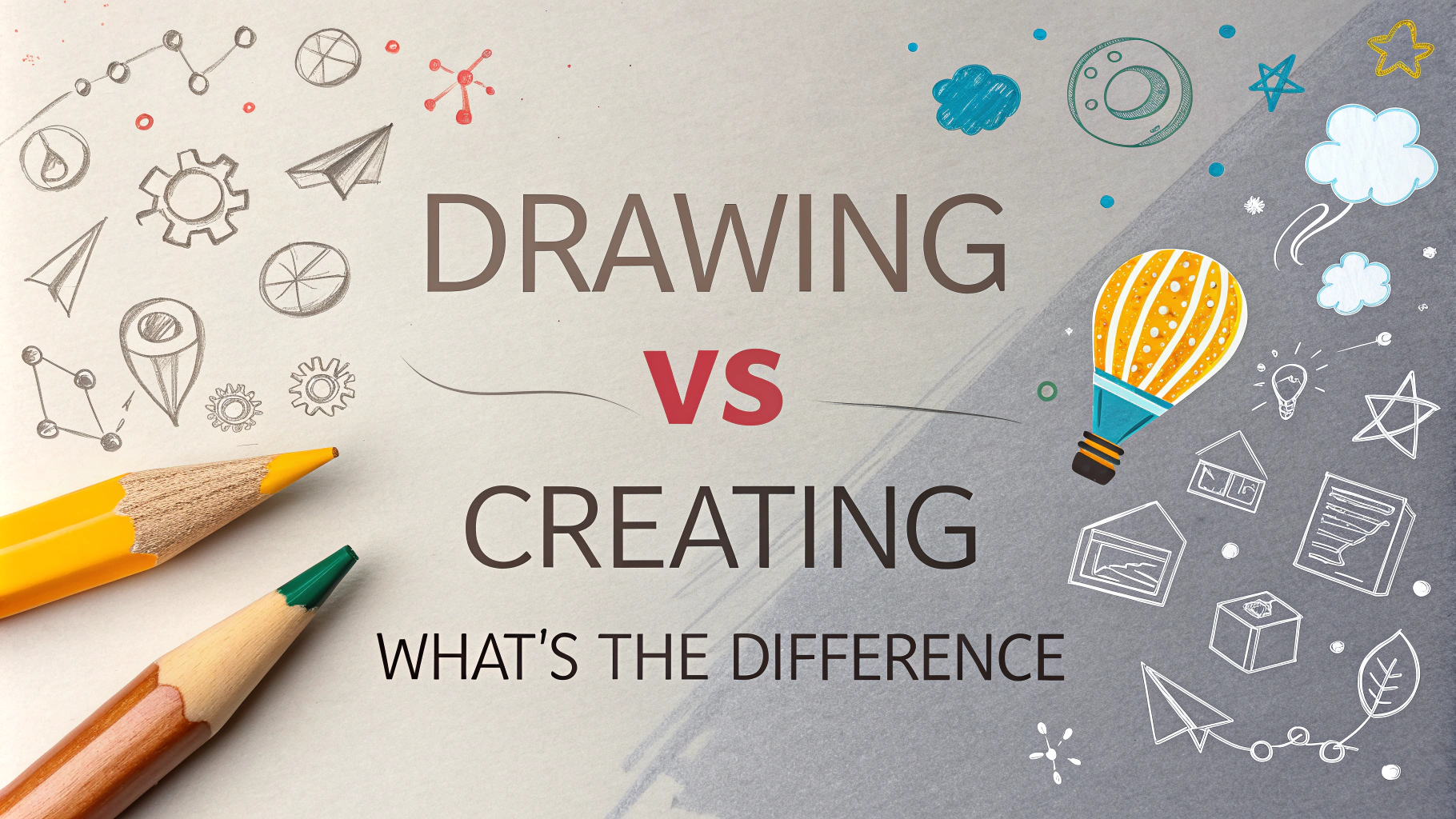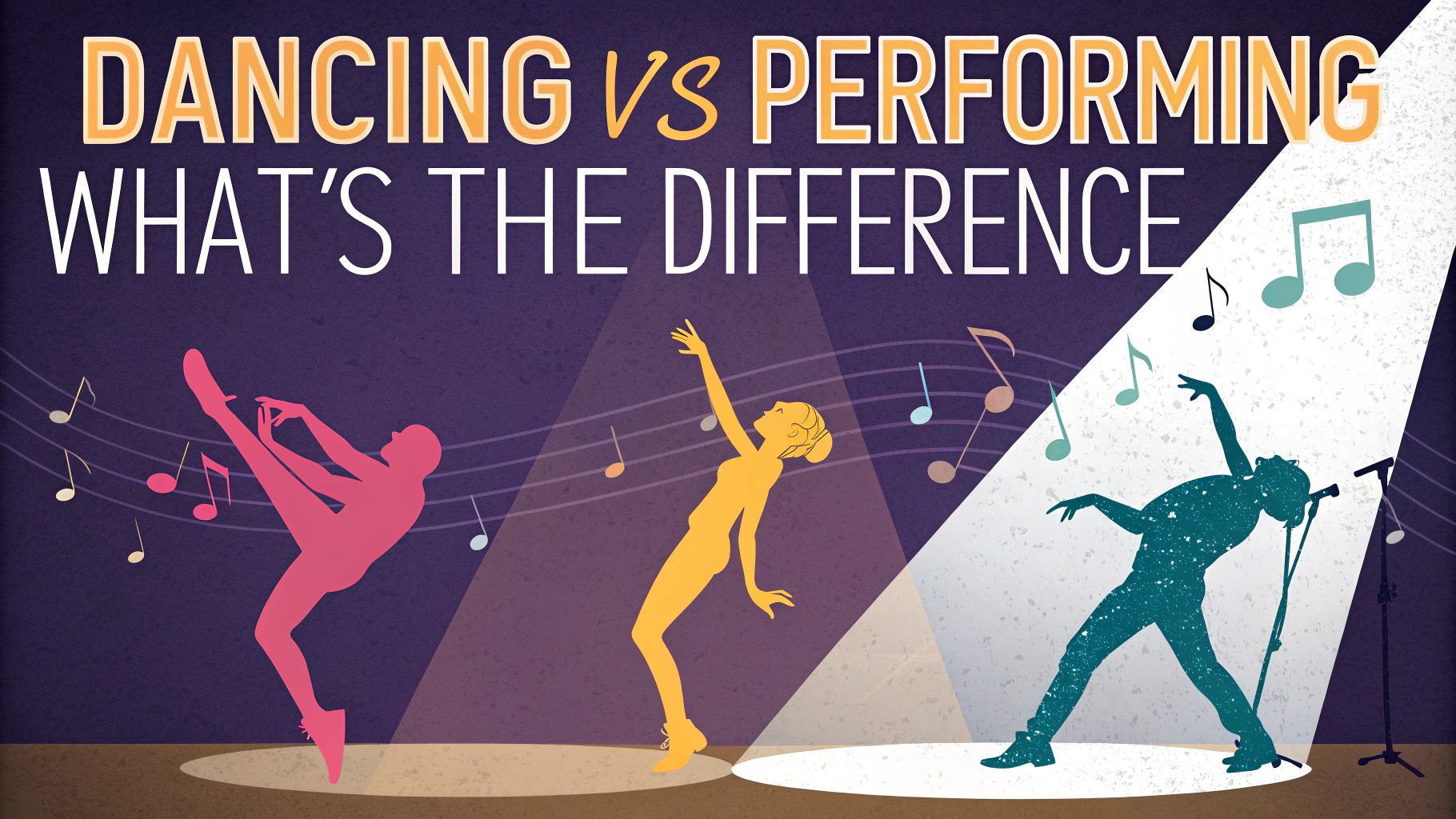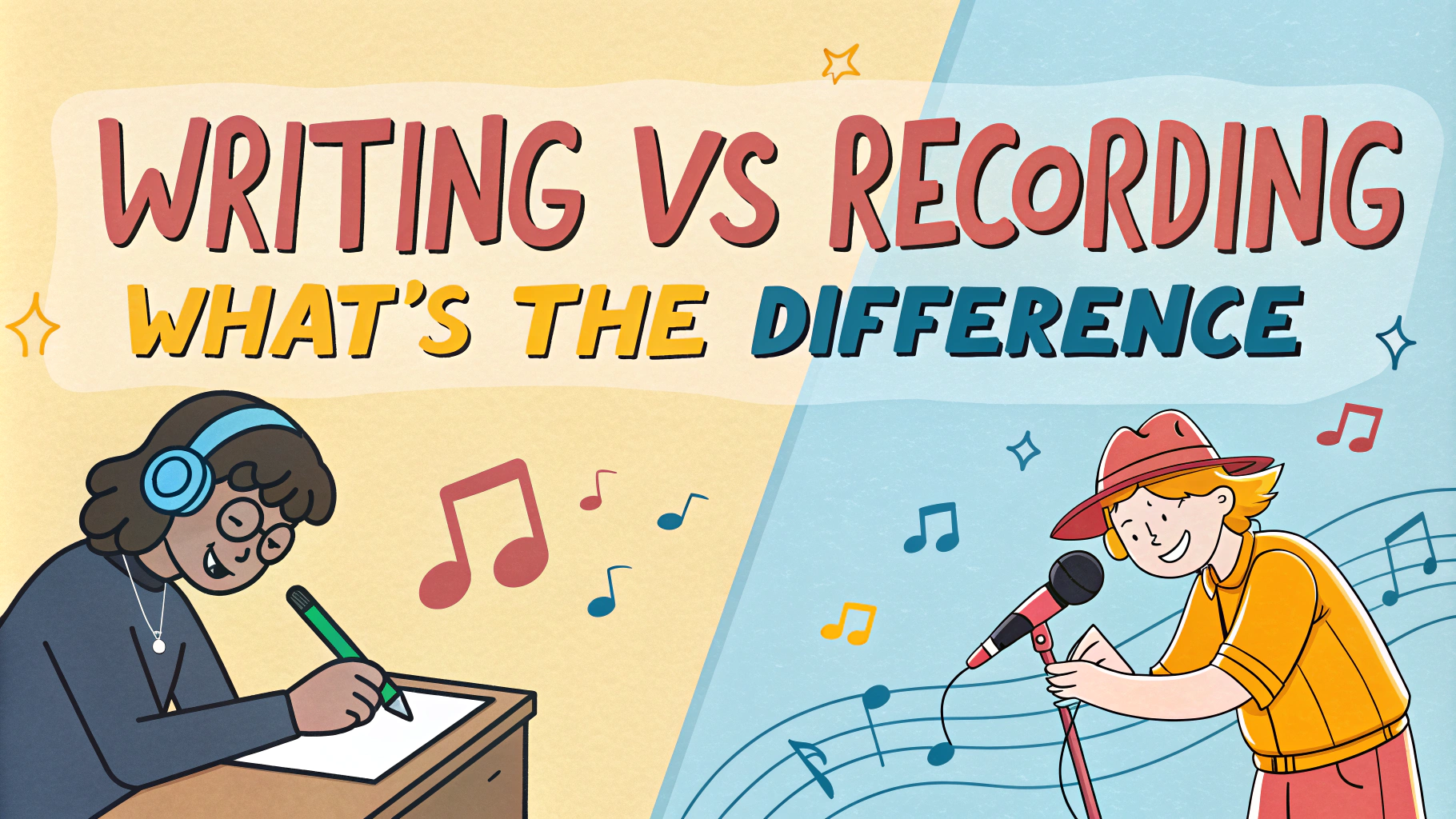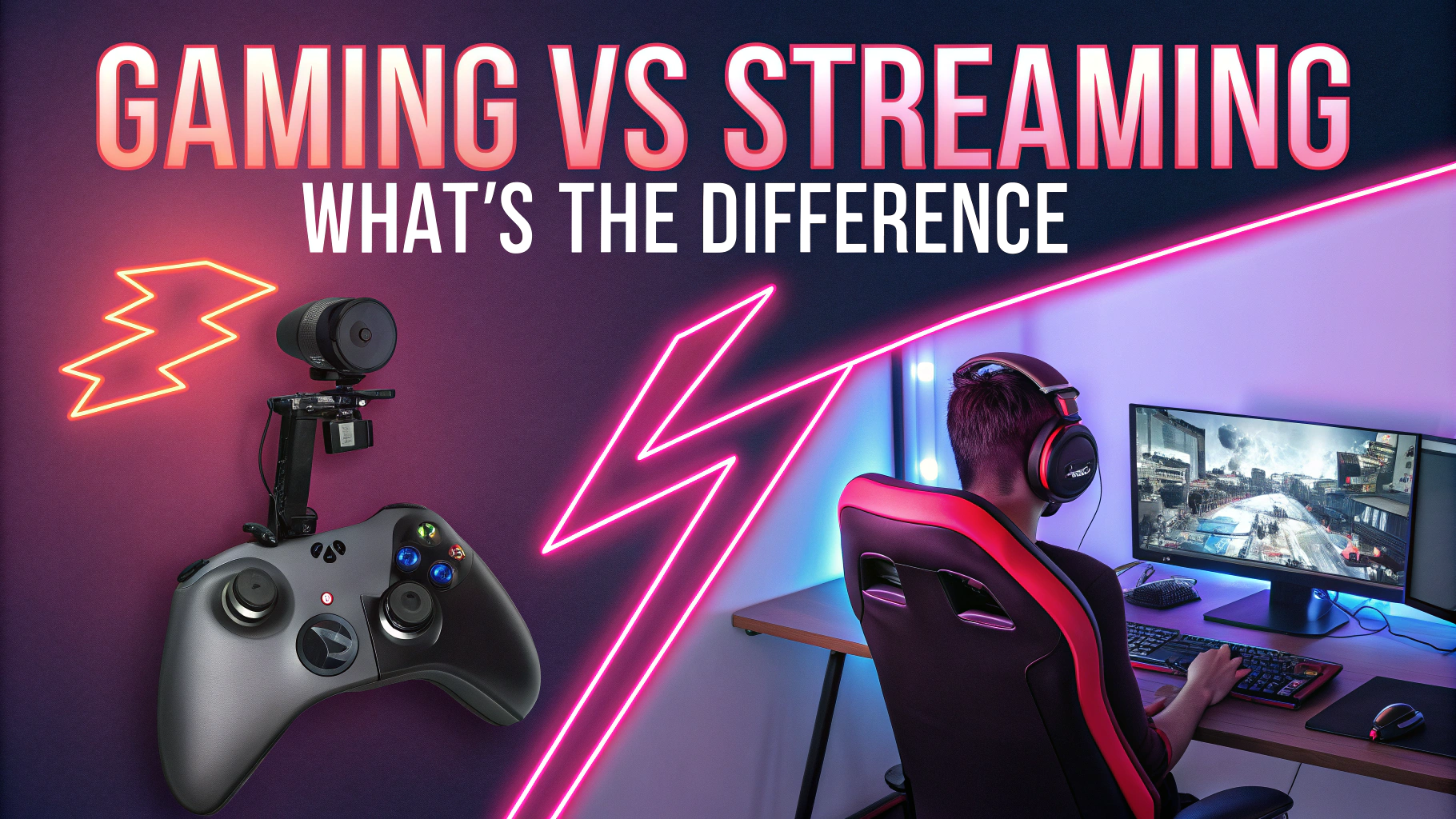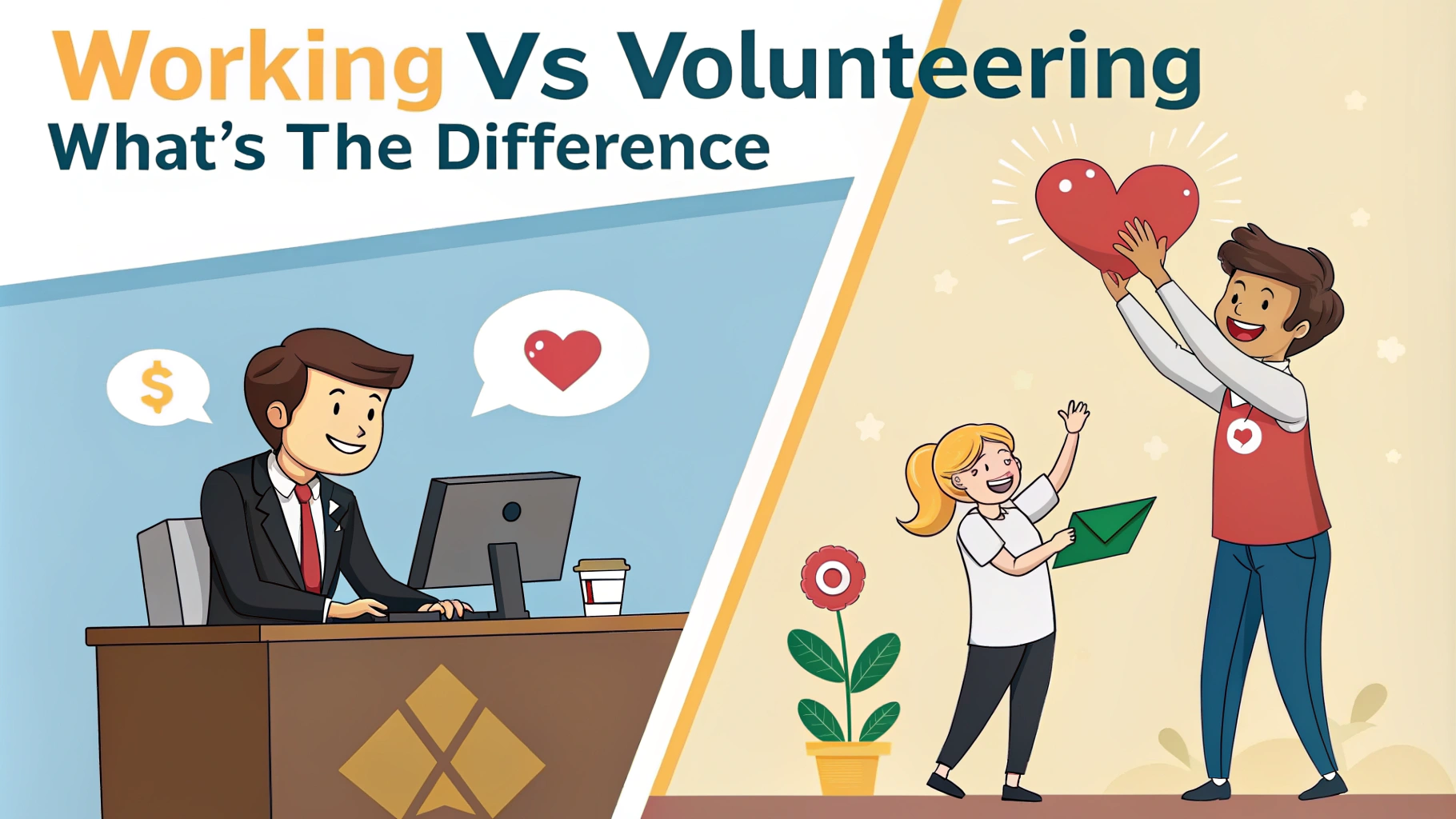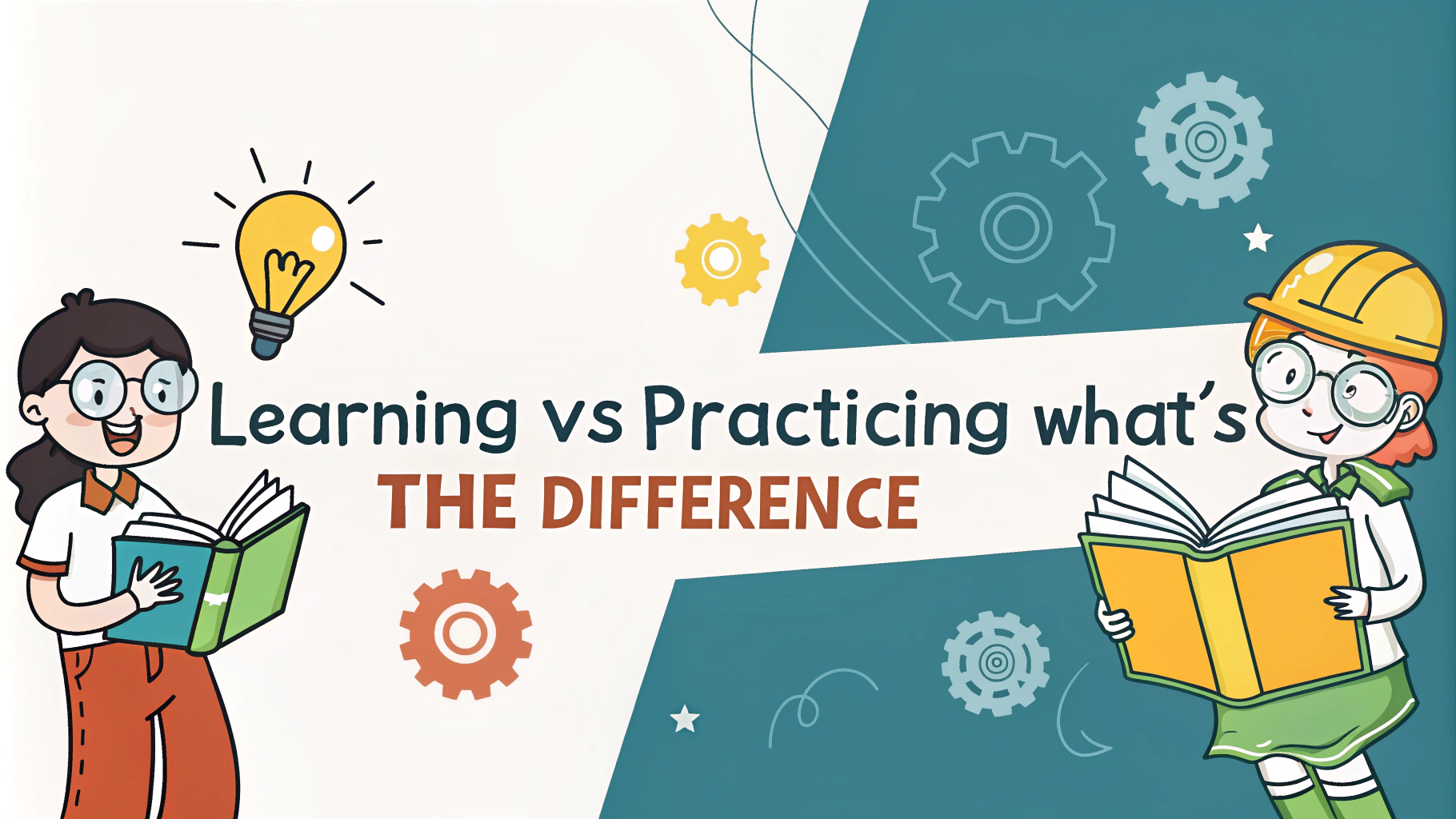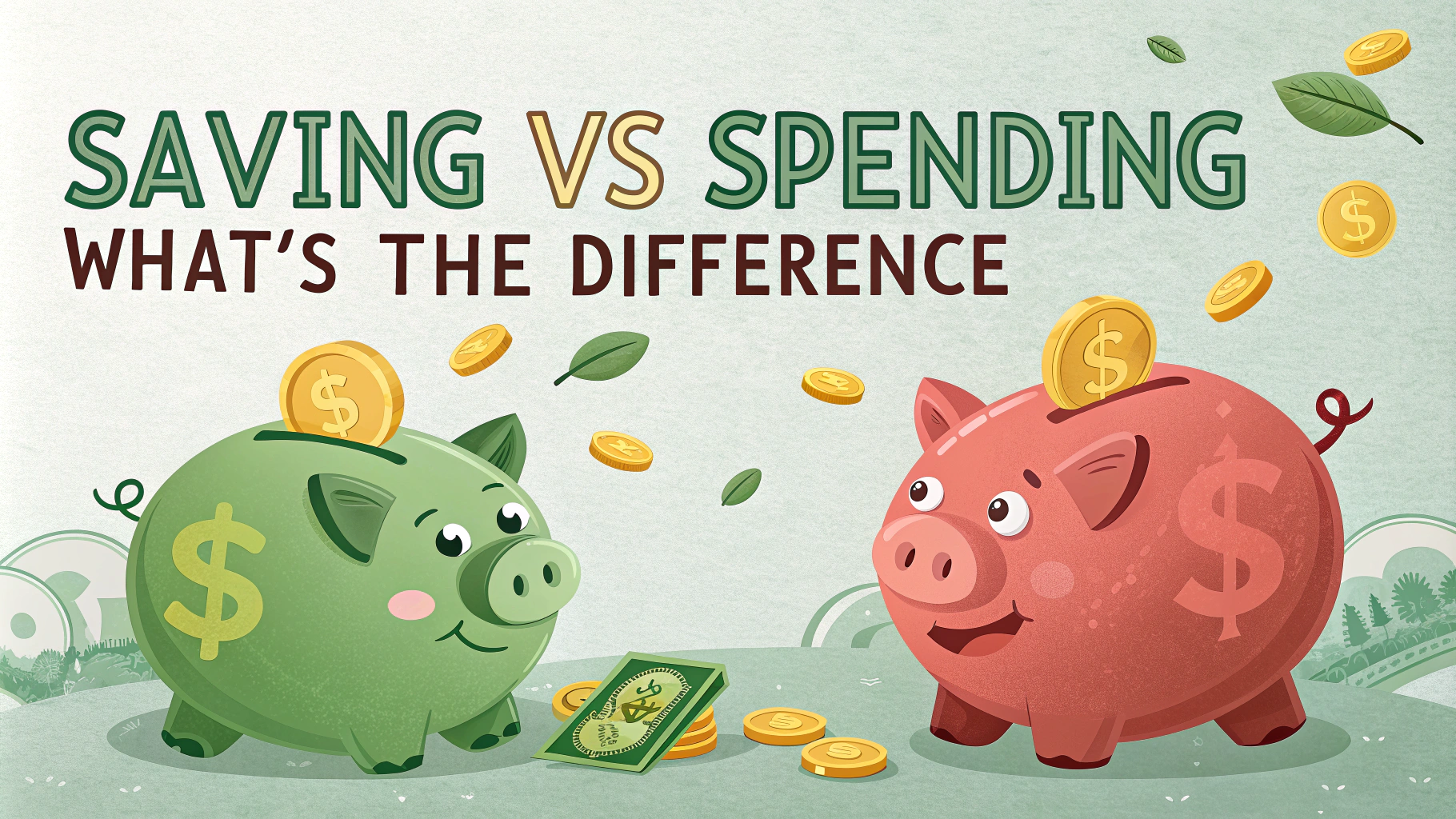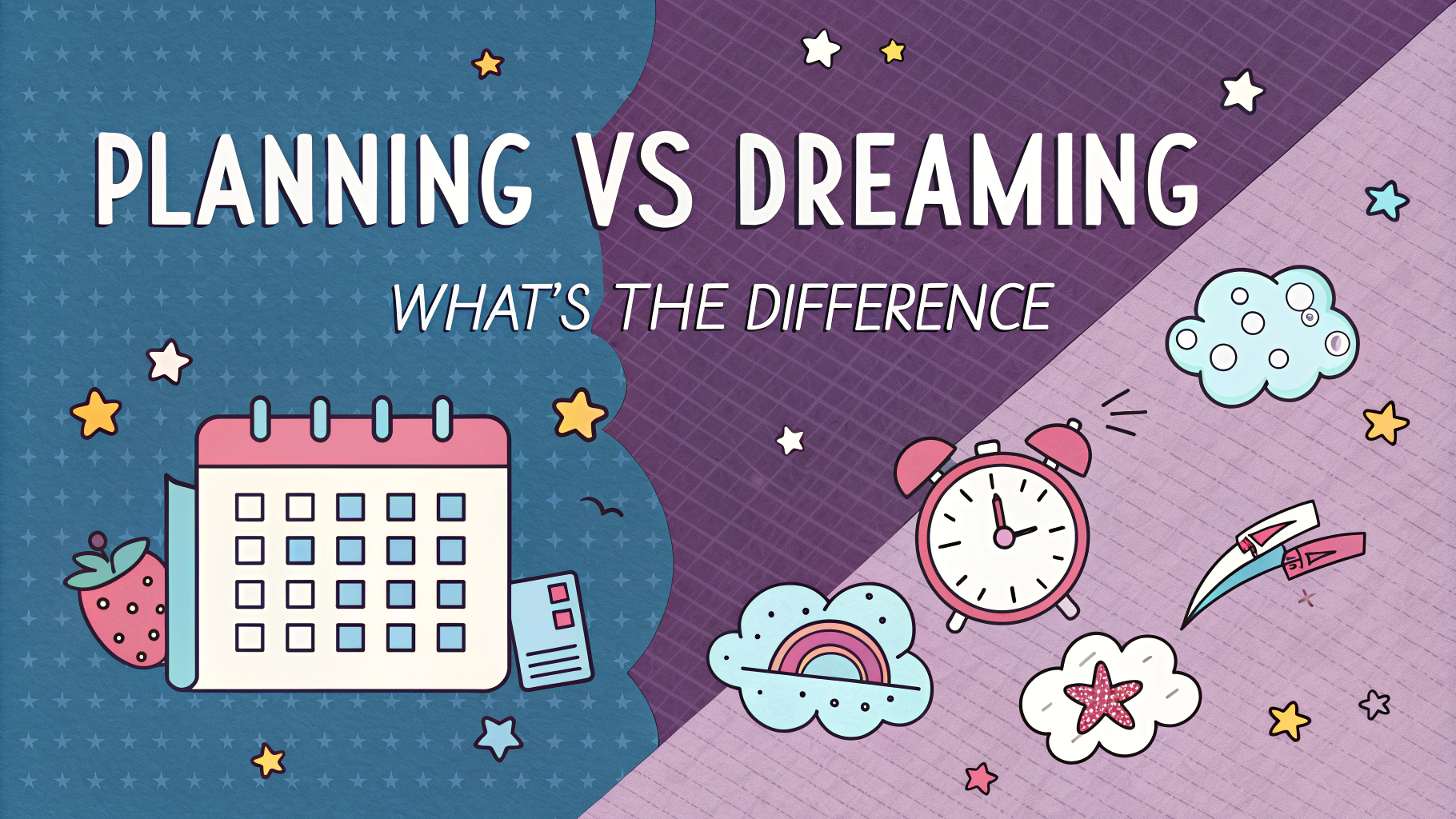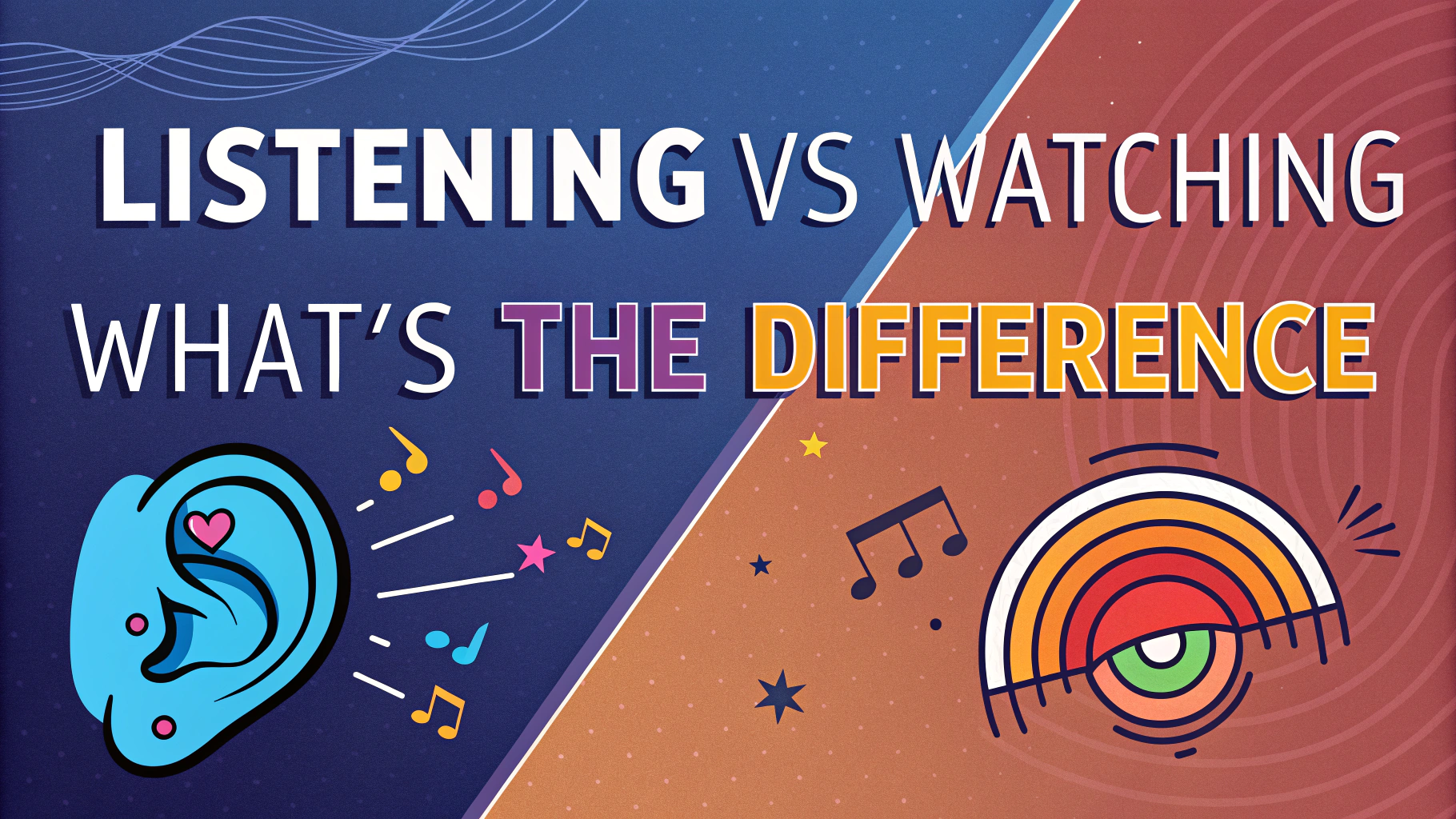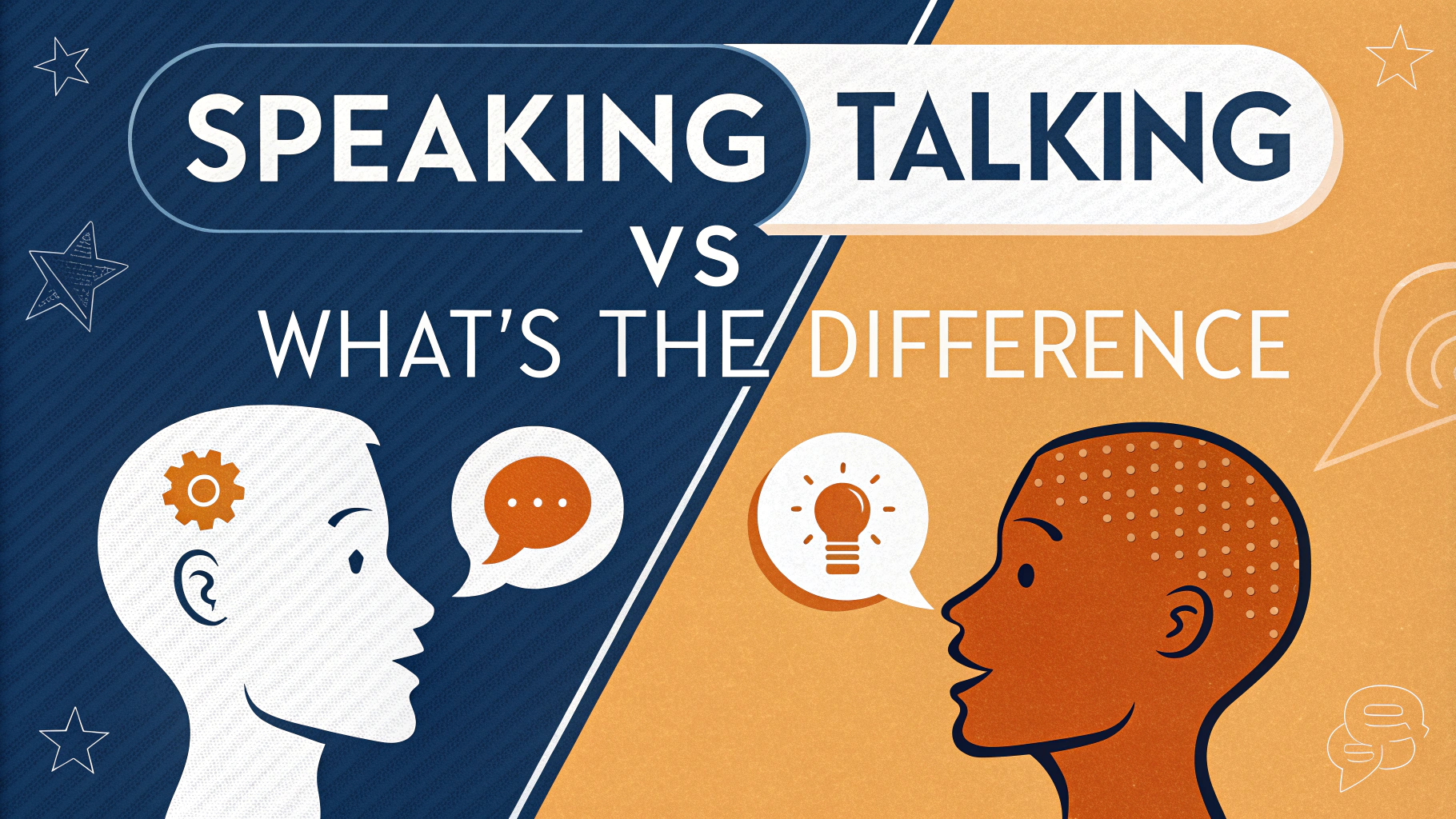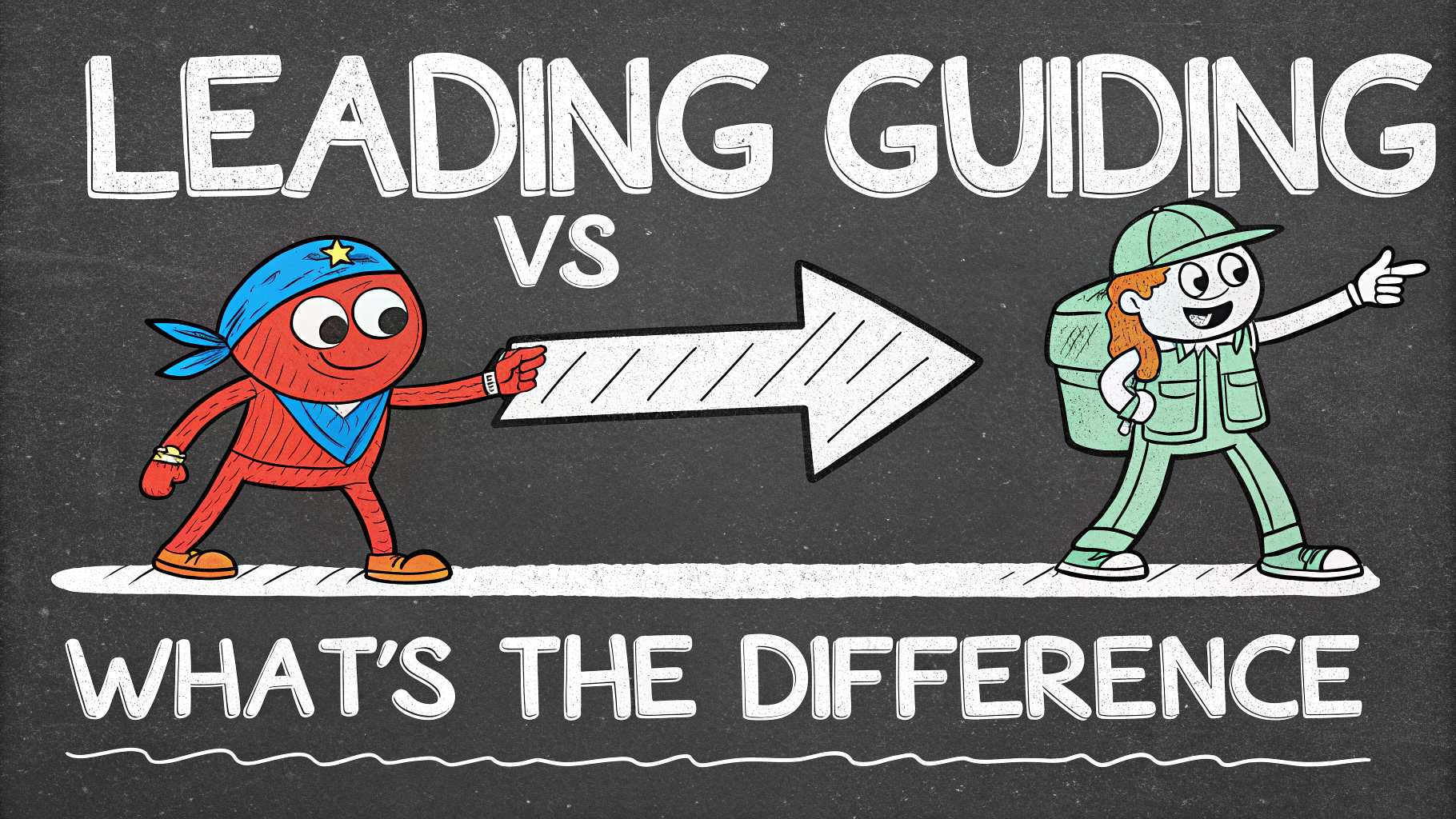Many writers mix up editing and proofreading, assuming they serve the same purpose. These two distinct steps in the writing process serve unique functions and require different skills.
Writers who understand these differences make better choices about which service they need and when to use each process. This quick guide breaks down the key distinctions, helping you improve your documents effectively.
What is Editing?
Editing focuses on improving the overall quality of writing through substantial changes. It examines content organization, flow, clarity, and style.
- Content structure and organization
- Paragraph flow and transitions
- Sentence clarity and effectiveness
- Word choice and tone
- Argument strength and logic
What is Proofreading?
Proofreading represents the final stage of the review process, focusing on surface-level errors and consistency.
- Spelling and grammar checks
- Punctuation corrections
- Formatting consistency
- Typography and layout
- Citation style adherence
Key Differences Between Editing and Proofreading
| Editing | Proofreading |
|---|---|
| Deep structural changes | Surface-level corrections |
| Content improvement | Error detection |
| Done early in process | Final review stage |
“Think of editing as remodeling a house, while proofreading is the final cleaning before move-in.”
Taking Document Reviews Beyond the Basics
Successful editing and proofreading strategies include checking readability scores, engaging with test readers, and ensuring consistent terminology. This guide explores advanced review techniques that transform good documents into great ones.
Using Digital Tools for Better Reviews
Digital tools streamline the review process and catch issues human eyes might miss. Modern software helps maintain quality across long documents.
- Grammar checking applications
- Readability analysis tools
- Style guide enforcement software
- Collaboration platforms
- Version control systems
Building an Effective Review Checklist
A systematic approach ensures thorough document reviews and prevents overlooking critical elements.
| Review Stage | Action Items |
|---|---|
| Initial Review | Content structure, argument flow |
| Technical Check | Facts, figures, references |
| Final Polish | Format, style, consistency |
Getting External Feedback
Fresh perspectives help identify unclear sections and potential improvements. Test readers provide insights about document effectiveness.
- Share with subject matter experts
- Test with target audience members
- Request specific feedback areas
- Document recurring issues
Making Reviews Part of Your Workflow
Regular quality checks lead to better final documents. Schedule reviews at key project milestones.
“The best edits happen when you build review time into your schedule, not when you rush at the last minute.”
- Set realistic review deadlines
- Allow time for multiple passes
- Include stakeholder review cycles
- Document feedback patterns
- Update style guides based on findings
Editing vs Proofreading FAQs
General FAQs
Q: What’s the main difference between editing and proofreading?
A: Editing involves reviewing content for clarity, structure, and flow while proofreading focuses on surface-level errors like spelling, punctuation, and grammar.
Q: Which comes first – editing or proofreading?
A: Editing comes first, followed by proofreading. This order ensures major content changes are complete before fine-tuning the technical details.
Q: How much does professional editing cost versus proofreading?
A: Editing typically costs $40-60 per hour while proofreading ranges from $25-45 per hour. Editing costs more because it requires deeper analysis and expertise.
Long-tail Keyword FAQs
Q: What tools do professional editors use for manuscript editing?
A: Professional editors use:
- Microsoft Word’s Track Changes
- Google Docs
- PerfectIt
- Grammarly Professional
- Chicago Manual of Style Online
Q: How long does it take to proofread 1000 words?
A: Professional proofreaders typically take 20-30 minutes per 1000 words, depending on content complexity and error density.
Q: What qualifications do you need to become a professional editor?
A: Required qualifications include:
- Bachelor’s degree in English, Journalism, or related field
- Strong grammar and writing skills
- Style guide knowledge (AP, Chicago, etc.)
- 2-5 years editing experience
Q: Can editing software replace human editors?
A: No. While software can catch basic errors, it cannot understand context, tone, or complex writing elements that human editors evaluate.
Q: What are the different types of editing services?
A: Main types include:
| Type | Focus |
|---|---|
| Developmental Editing | Overall structure and content |
| Line Editing | Writing style and flow |
| Copy Editing | Grammar and consistency |
| Proofreading | Final error check |
Q: What’s the average freelance editor salary UK?
A: Freelance editors in the UK earn £25-45 per hour or £30,000-£45,000 annually, depending on experience and specialization.
Q: How many rounds of editing does a book need?
A: Most books require 3-4 rounds of editing:
- Developmental edit
- Line edit
- Copy edit
- Final proofread

